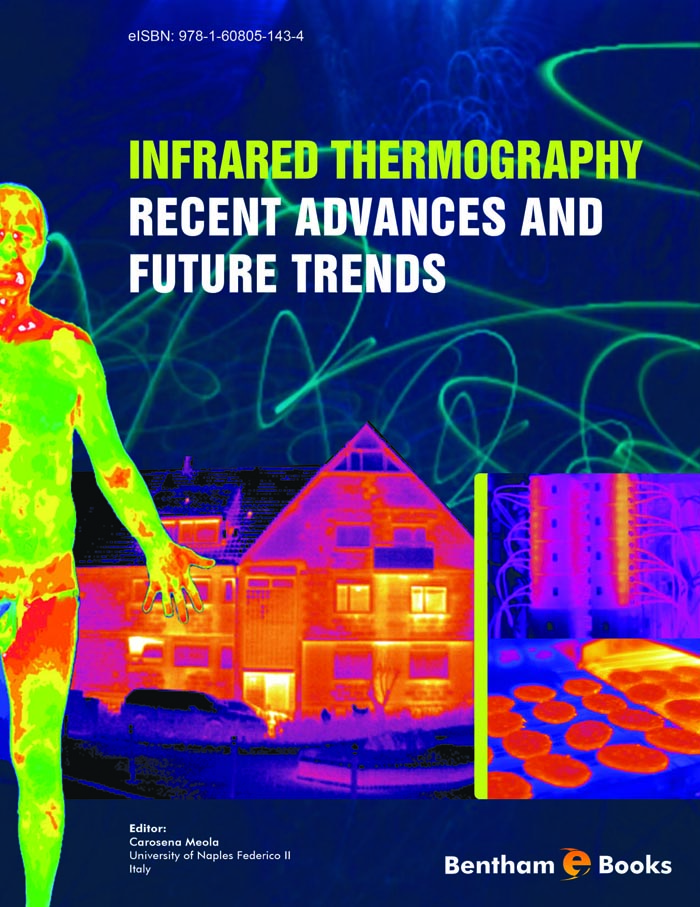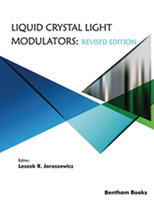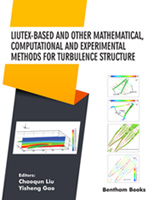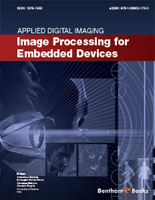Infrared (IR) radiations, discovered in 1800 by Herschel waited only 30 years to be measured by the first detectors (thermopiles). Fifty years later, in 1880, the first IR photographic image was obtained by William de Wiveleslie Abney. Finally, after eighty-three years, in 1963, the first mono-detector IR camera, produced by AGA, appeared. This event was a real revolution for science, industry and medicine. However, after a period of enthusiasm, some disappointment occurred due to the rather qualitative performances and exploitations of the cameras.
The second revolution occurred in the last decade of the XXth century, due to the conjunction of an important effort in the understanding and modelling of the thermal phenomena involved in the observation of the scenes by passive and active thermographic techniques and of the appearance of focal plane array cameras which allowed higher thermal sensitivities and more precise time and space analysis of thermal fields. To conclude this ultra short historical overview of the IR thermography, let me recall that in 2010 an IR camera with a thermal sensitivity of 1mK was presented. It should be clear that such a sensitivity opens up a harvest of new perspectives.
The consequence of these technical progresses is the booming development of thermographic techniques in more and more diversified application fields. This situation requires that seminars, conferences, journals and books allow the practitioners to confront their respective approaches, since such a comparison is the source of mutual enrichment and innovation. The present ebook participates to this multidisciplinary dissemination of information.
In the first part of the ebook, the roots of thermography are described. A chapter details the origin of the technique and its theoretical basis, another one recalls the history and the new trends of the infrared detectors which constitute the “heart” of the IR cameras.
The second part, much more extended, provides a wide overview of thermographic applications in many fields like medicine and veterinary, foodstuff conservation and livestock health, thermo-fluid-dynamics and combustion, non destructive evaluation, civil engineering including preventive maintenance, energy saving, repair follow-up…
These practical applications, based on theoretical approaches that consider both direct and inverse problems, demonstrate that thermal phenomena can be related to many physical phenomena, which explains the rich variety of applications and the success of infrared thermography. Furthermore, a chapter is specially devoted to stimulated – or active – thermography, with its two main variants using pulsed and modulated sources.
Each chapter written by an expert in the related field, gives an updated vision of the techniques, and makes this eBook a useful tool for thermography practitioners active in research laboratories and industries.
Daniel L. Balageas
ONERA
The French Aerospace Laboratory
Châtillon, France





